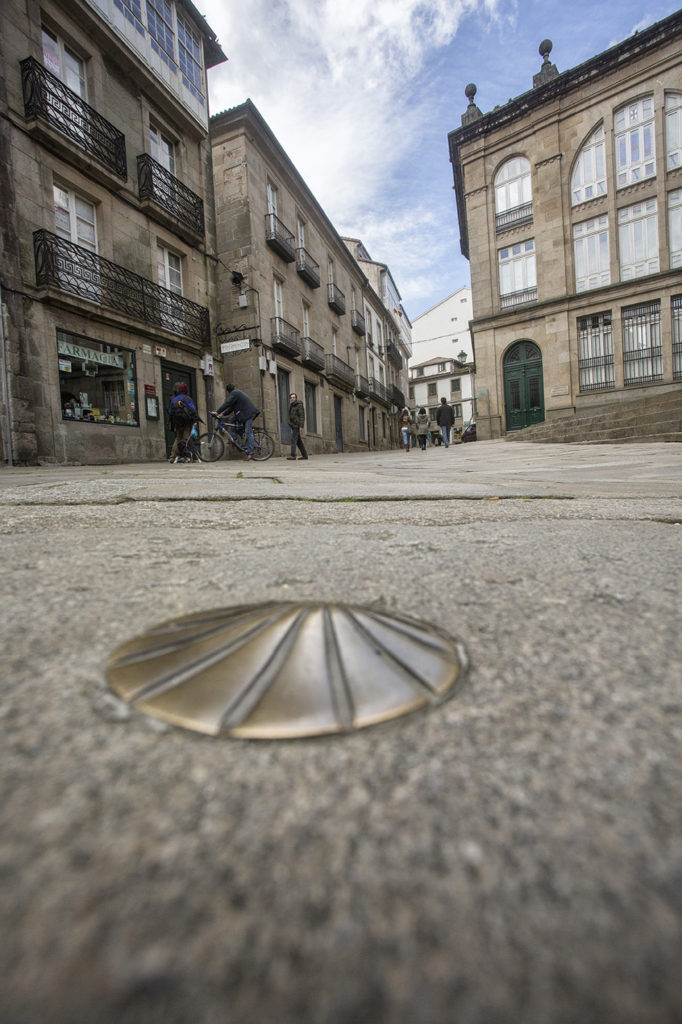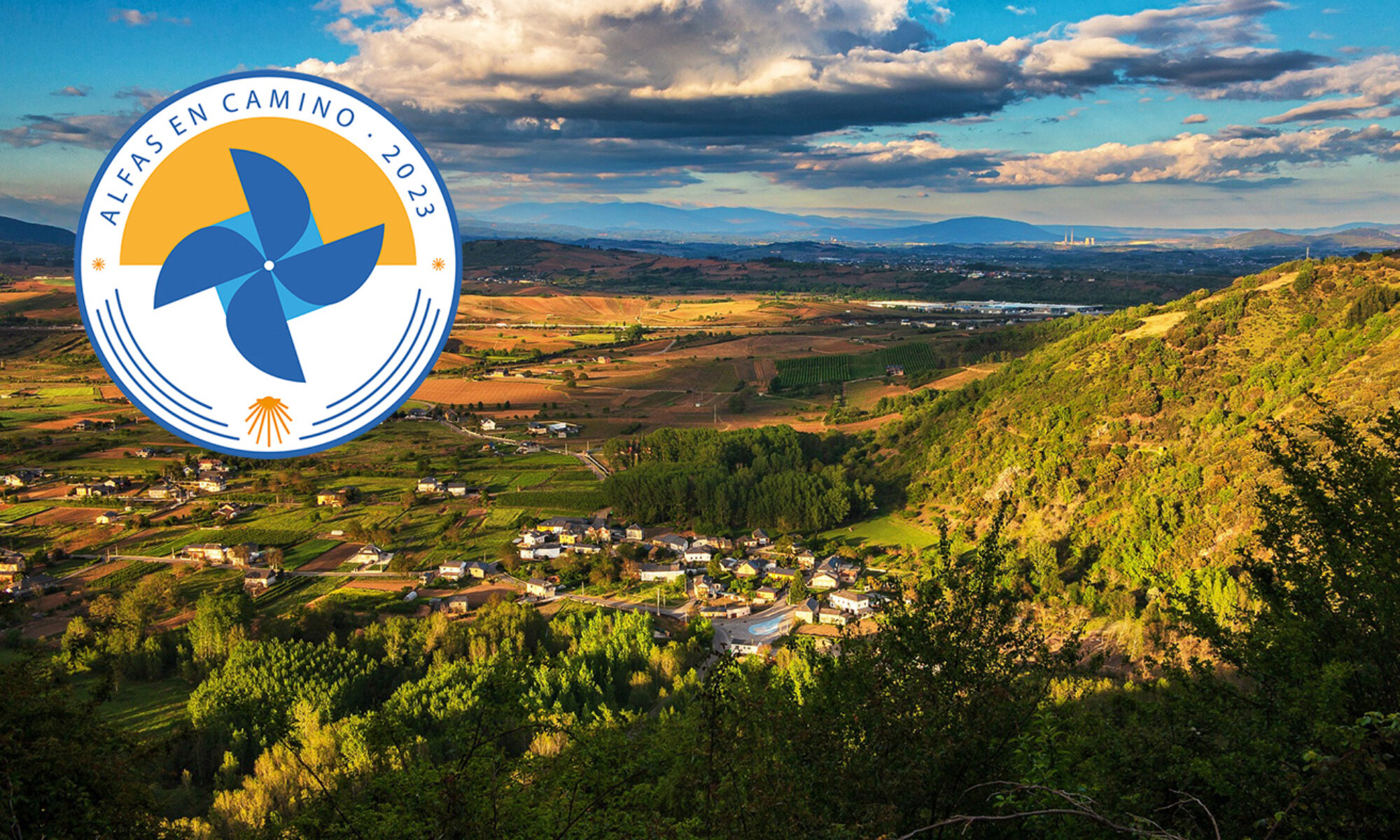 The origin of the city of Santiago goes back to prehistory, the Castro culture and later arrival of the Roman civilization. But its history is directly linked to the discovery of the tomb of the Apostle (s IX). The Asturian King Alfonso II the Chaste donated the land and promoted the construction of the first temple that became the seed of Santiago de Compostela .
The origin of the city of Santiago goes back to prehistory, the Castro culture and later arrival of the Roman civilization. But its history is directly linked to the discovery of the tomb of the Apostle (s IX). The Asturian King Alfonso II the Chaste donated the land and promoted the construction of the first temple that became the seed of Santiago de Compostela .
That was the beginning of the phenomenon of the Jacobean pilgrimages, which continues for more than 1,000 years until today. In the tenth and eleventh centuries, the pilgrimage to Compostela was established, but it will be in the twelfth century. XII, with Archbishop Diego Gelmírez, when Santiago acquired fame and became the great goal of Christian pilgrimage, equal in importance to Rome and Jerusalem.
The city thus became the destination for Christianity and the Camino de Santiago in a route under development throughout the continent. The itinerary of the pilgrims from France is fixed by the so-called French Way and soon other routes are established to facilitate the pilgrimages, in addition to journeys by sea from the British Isles or the Nordic countries. In the twelfth century, the Cluniac monk Aymeric Picaud includes in the Codex Calixtinus, considered the first travel guide in history: it indicates the routes and stages of the Camino, collects his impressions on the people he finds and includes the rites and obligatory visits in Compostela.
The Jacobean Way became a motor for the evolution of Europe’s culture and economy. On its borders, commerce grew and roads, bridges, mountain passes, hospitals and cathedrals were built. Under its influence, the established religious orders became stronger, and others were created specifically for the defence and well being of pilgrims.
Its power of attraction does not cease, perhaps because it is an unknown land at the end of the world, perhaps because of its great advantages over Rome, symbol of papal power, or Jerusalem, far from Europe.
Santiago becomes the place of pilgrimage for people of all conditions, from the humblest, who write a testamen before their departure facing the risks of the trip, to bourgeois, nobles and kings. Saint Elizabeth of Portugal, the Cid Campeador, the Catholic Monarchs, the Infante Carlos de Evreux, the Duke of Aquitaine, Saint Francis of Assisi, Charles I, Philip II, the painter Jan Van Eyck, James the Conqueror, Saint Bona of Pisa or the Great Captain, are some of the celebrities who traveled the Camino, as did Paulo Coelho, Shirley Maclain, Miguel Induráin and Martin Sheen.
Brief history of pilgrimages
 The twelfth and thirteenth centuries were considered to be the golden age of pilgrimages, and they continue strongly until the Renaissance and the Reformation periods. Then they started to decline, although they never disappeared. The social convulsions of the XIV century, the waves of bubonic plague or the Lutheran Reformation influence the decline for several centuries. In 1884 Pope Leo XIII proclaimed the authenticity of the relics, and Santiago recovers part of his protagonism.
The twelfth and thirteenth centuries were considered to be the golden age of pilgrimages, and they continue strongly until the Renaissance and the Reformation periods. Then they started to decline, although they never disappeared. The social convulsions of the XIV century, the waves of bubonic plague or the Lutheran Reformation influence the decline for several centuries. In 1884 Pope Leo XIII proclaimed the authenticity of the relics, and Santiago recovers part of his protagonism.
In the first half of the twentieth century, the celebration of Compostela’s Holy Years, established by Pope Calixto for the year 1126, periodically recalls the splendor of medieval pilgrimages. Even in turbulent times the Camino maintained its appeal for small groups of pilgrims, many of them foreigners, who continued to travel through northern Spain.
In the Holy Year 1920 the Anthem to the Apostle was released. In 1937, during the Spanish Civil War, Pope Pius XI approved the extension of the Holy Door opening for one more year. In the Holy Year of 1965 the residence of the Burgo das Nacións was built to welcome the pilgrims, later replaced by the current Monte do Gozo complex. In 1975 the Pope Pablo I granted again and “in perpetuum” the right to celebrate the Holy Years. In 1976, the Pilgrim’s Mass was established. The Holy Year of 1993 was the final impulse for modern pilgrimages.
Currently, people from more than 100 different nationalities come to Santiago. In 2017, the Pilgrimage Office hosted 301,036 people, counting only those who do at least the last 100 km walking or on horseback, or the last 200 on a bicycle. In August 2017, 57,680 were received, and more than 92% arrived on foot.

